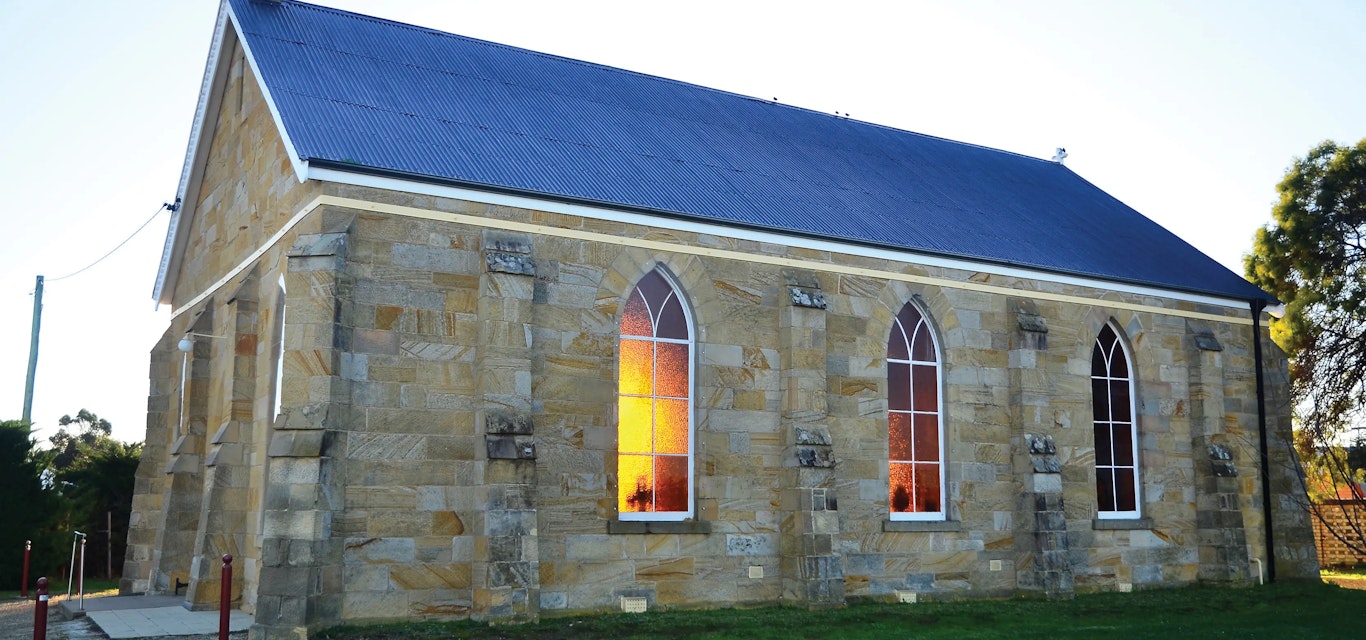The pit stop: Sorell
Now bypassed by Tasman Peninsula motorists, a quiet calm has settled on Sorell, one of Tasmania’s oldest towns. Graze and shop along the main street and find heritage-listed churches and a lagoon walk beyond, writes Andrew Bain.
Eat
Midway along the main street, long-standing Velvet Espresso is a popular breakfast or lunch stop. All day breakfasts include a quartet of Bennys and a selection of ‘avo lover’ dishes, alongside lunch burgers and fish and chips. The walls are akin to a gig guide, papered in posters for upcoming concerts and shows across Tasmania.
Drink
Sorell’s best coffee is brewed at little Uncle Alby’s, with its inner-city vibe of gleaming white tiles and greenery-clad walls. The 1842 Pembroke Hotel remains an old-school classic. Like most good old pubs, it’s said to house a ghost.
See
Settled in 1821, Sorell retains a trio of colonial sandstone churches: the 1883 St George’s Anglican with its atmospheric cemetery of settler graves; St Thomas’ Catholic (1864); and Scots Uniting (1842), one of Australia’s first Romanesque churches, staring across at each other like spiritual adversaries. Adjoining Orielton Lagoon is southern Tasmania’s only Ramsar listed wetland, with a good access point at the end of Montagu Street, where a walking loop around the lagoon makes its closest approach to the shore.
Shop
Step in past the vintage Raleigh bike out front of Baxter and Green and you’ll find one of Tassie’s most likeable storehouses of antiques – the very place if you’re wanting a hat box, butter churn, old set of golf clubs or perhaps a century old high-chair. It also houses the more contemporary linen fashion of Tinker Tailor Tasmania. Antiques zoom forward to retro at nearby That Preloved Place, which offers a wide selection of vintage clothing and footwear.
Stay
The whitewashed Sorell Barracks has four styles of guest rooms, including a separate cottage and a spa suite, and has the distinction of being Sorell’s oldest building. The Georgian Terrace structure was constructed in 1827.
